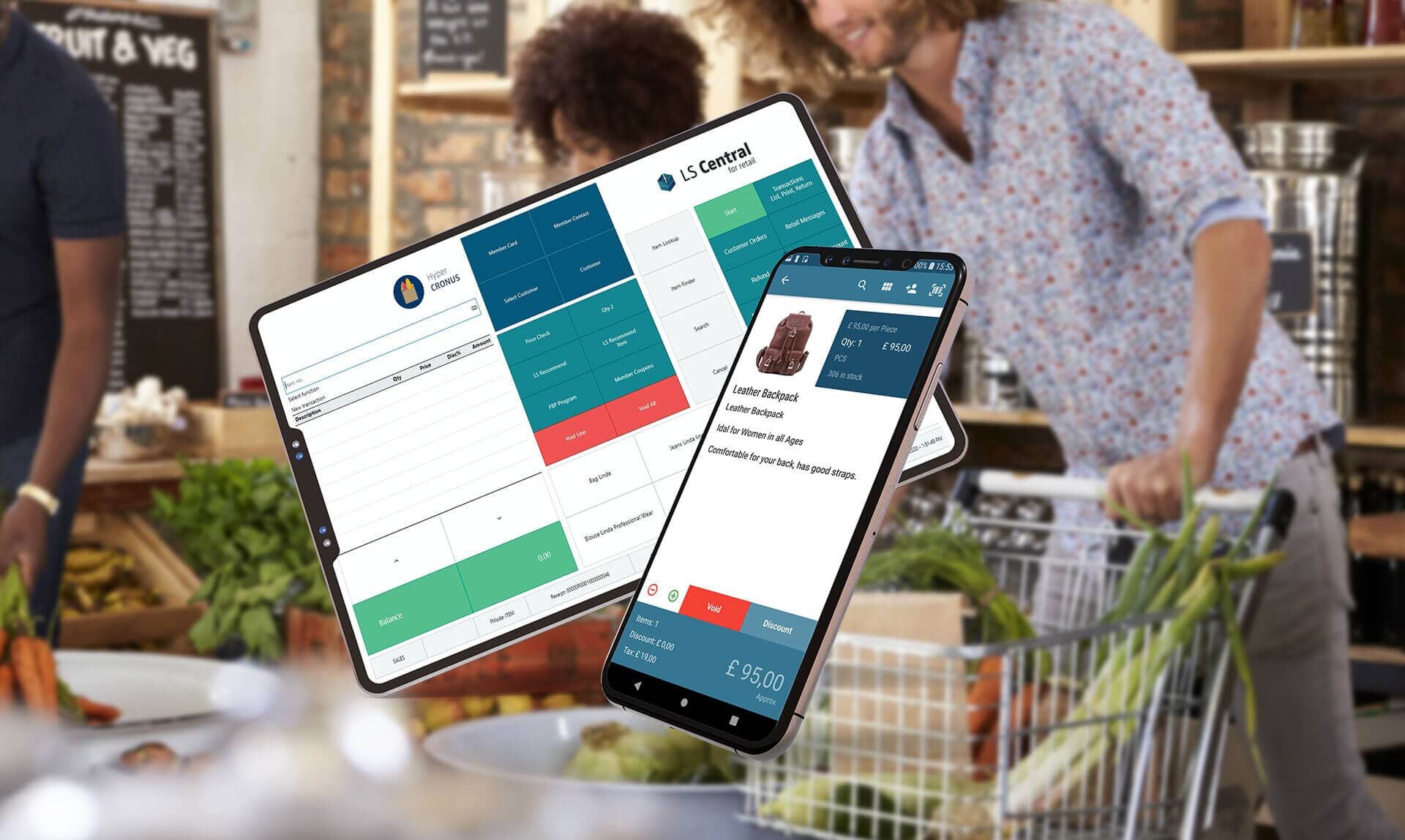The Future of Retail: Embracing Innovation
Embracing innovation is not just a choice but a necessity for retailers navigating through changing customer preferences, technological advancements,...
3 min read
![]() Chief of Marketing
:
Dec 8, 2021 9:08:59 AM
Chief of Marketing
:
Dec 8, 2021 9:08:59 AM

Holiday season is a big deal for retailers - November and December sales account to 20% of annual revenue. This year, sales are expected to grow 8.5 to 10% compared to last year's holiday season. Many retail businesses are already reporting record sales - a much needed relief after another year of pandemic-related restrictions and market decline.
As retailers increase their efforts to draw in more shoppers and take full advantage of “the most wonderful time of the year,” it is better to be well-prepared. In US only, it is expected for retailers to hire 500,000-600,000 additional workers just to cover holiday season, spending millions US dollars for bonuses, marketing and displays. While the overall expectations are promising, a few factors will decide whether this will be a profit or loss making months for business owners. A critical factor to one's success is technology.
Out-of-stock scenarios. Disharmony between in-store and e-commerce order stock split. Crashing POS. Slow online stores. Sounds relatable? Here are some common holiday season-related problems from every retailer's nightmare, and suggestions how to prevent them!
Why? Tech outages can be extremely costly – but for many retailers, they are a common issue. Study shows that 96% of organizations have experienced IT-related disruptions, and 10% of organizations have had 10 or more outages in a three-year period. Common reasons of systems down include network failure, increased usage, human errors, software malfunction, hardware failure and third-party disruptions. An increasingly common cause of malfunctions are legacy software systems.
Solution: Retailers should look into replacing their old, outdated technology processes with a single retail system. A unified omnichannel system covers the whole business, so there is no risk of disruptions due to miscommunication between separate software. Moreover, the technology is delivered by a single provider, which means all support is under a single roof, simpler and quicker management and easy upgrades.
Why? Again, the cause can be found in outdated, disconnected systems unable to smoothly interconnect with each other, and which are often so old they can only work with now-unsupported hardware. Outdated tech will complicate the day-to-day running of your organization and put a strain on your resources. On top of that, if a part of the IT stack fails, it can be extremely hard to identify where your system is down. Without knowing what to fix or when the interruption happened, how can you get your system back up and running, and minimize disruption to your business?
Solution: Retailers no longer need to have multiple disconnected software systems in order to have a full control of their business. But they must be willing to invest in their future, instead of patching up old systems and hoping their technology won't fail.
The good news is that modern, unified commerce technology platforms aren’t as expensive as you may think, and they can also deliver a fast ROI (return on investment). You can straight away cut staff training times, oversee your whole business, guarantee uninterrupted transactions and simplify retail operations.
Why? Out of stock items are such a disappointment for your end-buyer. It's also hugely damaging to a retailer’s bottom line. A study by global research and advisory firm IHL Group found that retailers are missing out on nearly US$1 trillion in sales because of out-of-stock items. And almost a third of shoppers ended up turning to Amazon when the product they wanted wasn’t in stock at their local store.
Many retailers admit that they experience out-of-stock scenarios because of poor or outdated technology. The main three reasons of out of stocks include : Only having a partial view of inventory, unreliable data, lacking tools to analyze data and make accurate forecasts.
Solution: You can no longer get by with running weekly (or even daily) reports to keep track of your business. Today, especially during busy holiday periods, you need a real-time,live view of your data, so you can see the status of your sales, customers, and stock, across all your retail chain at any time.
Our customers are happy to have gained this visibility when they upgraded their financial, admin, warehouse management, buying & merchandising, CRM and POS systems to a single software environment.
If you want to find out more about how we can help you prepare your business for the festive season with future-proof, scalable IT, please get in touch!
Embracing innovation is not just a choice but a necessity for retailers navigating through changing customer preferences, technological advancements,...
In the evolving world of business, effective inventory and warehouse management system play pivotal roles in driving operational efficiency and...
The importance of cyber security cannot be overstated. Cybersecurity is the shield against digital threats, spanning business and mobile computing....